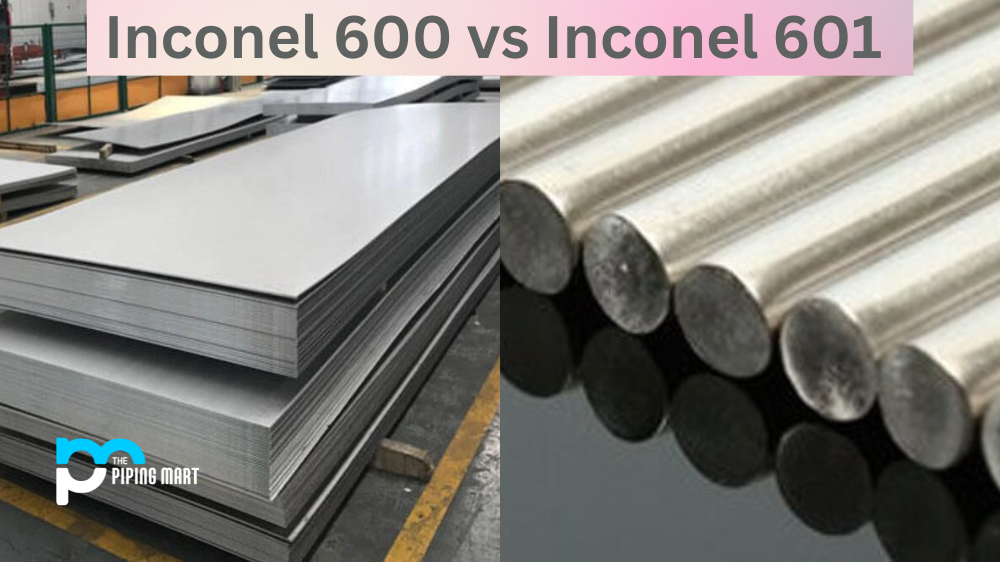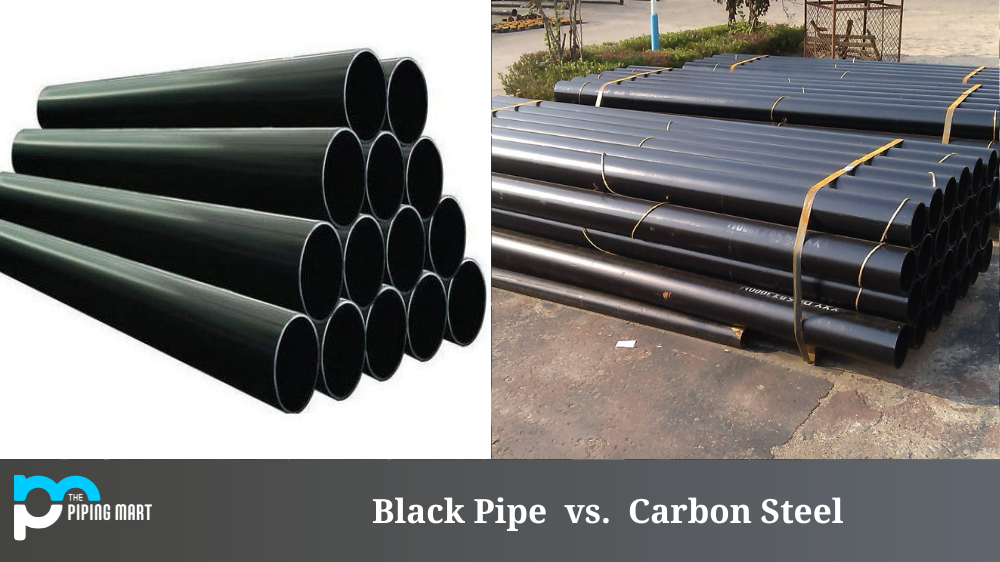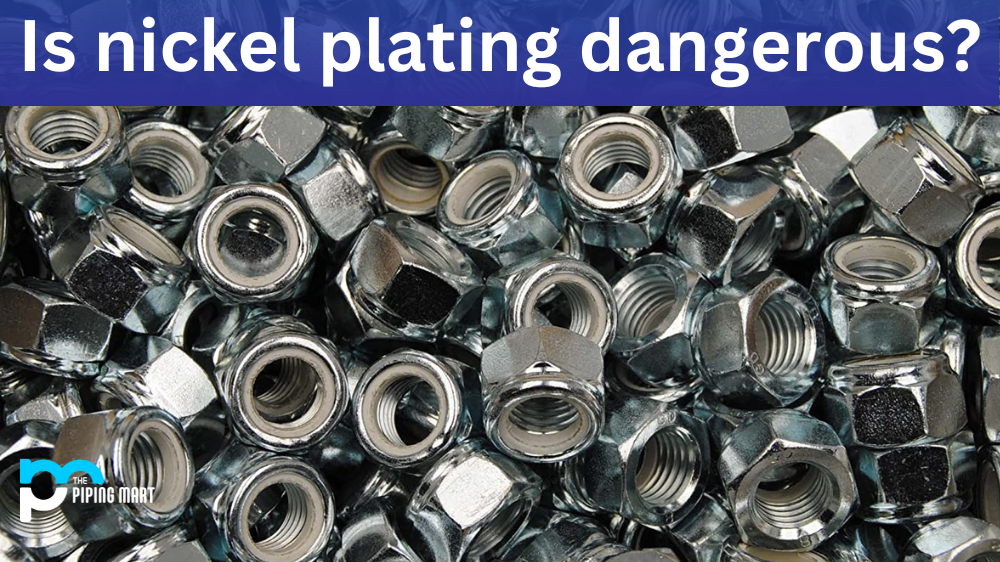One of the most important factors to consider when buying knives is the type of steel used in their construction. This blog post will compare two popular steel types: 4116 steel and D2 steel. Both are known for their durability and strength, but which is better for knives? Read on to find out!
What is 4116 Steel?
4116 steel is a high-carbon, stainless steel commonly used in knife making. It is known for its toughness, corrosion resistance, and edge retention. With a carbon content of 0.45%, 4116 steel is a bit softer than other high-carbon steels, but it is still tough enough to hold up well in everyday use. It is a good choice for knives that will be used for slicing, cutting, and chopping tasks.
What is D2 Steel?
D2 steel is a high-carbon tool often used for making knives. It is known for its hardness, wear resistance, and edge retention. With a high carbon content of 1.5%, D2 steel is harder and more durable than 4116 steel. However, it is also brittle and may chip or crack under excessive force. D2 steel is a good choice for knives that will be used for heavy-duty tasks, such as hunting or survival.
Difference Between 4116 Steel and D2
Comparison
When comparing 4116 steel vs D2 steel, there are a few key differences to consider. Firstly, D2 steel is much harder and more durable than 4116 steel, so that it will hold its edge longer. Additionally, D2 steel is more resistant to wear and tear, making it a better choice for heavy-duty tasks. On the other hand, 4116 steel is more corrosion-resistant than D2 steel, making it a good choice for knives exposed to moisture or humidity.
Another difference is the cost. D2 steel is generally more expensive than 4116 steel due to its hardness and durability. This means that knives made from D2 steel will generally be higher priced than those made from 4116 steel.
Composition
4116 steel is a stainless steel that contains chromium, manganese, and molybdenum. It is also known as “13-8 stainless steel” due to its high chromium content. D2 steel is a tool steel that contains high levels of carbon and chromium. It is often used for making cutting tools and knives.
Properties
4116 steel has good corrosion resistance and toughness. It can be heat treated to achieve high hardness. D2 steel has excellent wear resistance and edge retention. It can be difficult to work with, however, as it is very hard and brittle.
Uses
4116 steel is often used in the food industry, as it is non-toxic and has good corrosion resistance. It is also used in medical applications, as it is biocompatible and non-reactive. D2 steel is commonly used for making cutting tools, as it holds an edge well and is very tough.
Differences
The main difference between 4116 steel and D2 steel is their composition. 4116 steel contains chromium, manganese, and molybdenum, while D2 steel contains high levels of carbon and chromium. This results in different properties for the two steels; 4116 steel has good corrosion resistance and toughness, while D2 steel has excellent wear resistance and edge retention.
Conclusion
In conclusion, both 4116 steel and D2 steel have knife-making advantages and disadvantages. If you are looking for a knife that will be used for everyday tasks, such as slicing and cutting, then 4116 steel may be a good choice. However, if you need a knife that will be used for heavy-duty tasks, such as hunting or survival, then D2 steel may be the better option. Ultimately, choosing these two steel sheets will depend on your needs and preferences as a knife user.

A passionate metal industry expert and blogger. With over 5 years of experience in the field, Palak brings a wealth of knowledge and insight to her writing. Whether discussing the latest trends in the metal industry or sharing tips, she is dedicated to helping others succeed in the metal industry.




